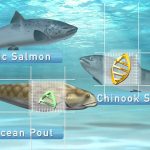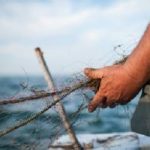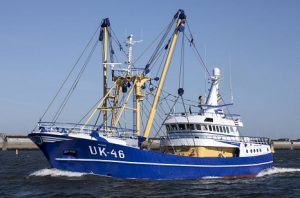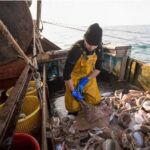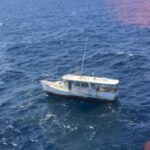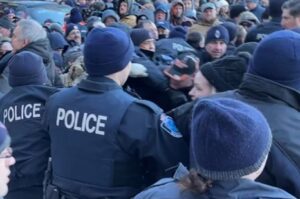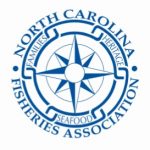Wallop Breaux funding: the rest of the story!
 “The Dingell-Johnson Sport Fish Restoration Act, passed by the federal legislature in 1950, provides funding to state fish and wildlife agencies to support recreational fishing…. In 1984, the Wallop-Breaux amendment modified the act to also capture motorboat fuel excise taxes, which go toward boating access improvements.”
“The Dingell-Johnson Sport Fish Restoration Act, passed by the federal legislature in 1950, provides funding to state fish and wildlife agencies to support recreational fishing…. In 1984, the Wallop-Breaux amendment modified the act to also capture motorboat fuel excise taxes, which go toward boating access improvements.”
Folks – I’ve been yammering on and on about the Wallop-Breaux program, an excise tax on boating and fishing gear and non-commercial marine use fuel sales. At the same time I’ve been focusing on a potential conflict of interest because 1/3 of the votes on the eight regional fishery management councils and 1/3 of the total votes on the three marine fisheries commissions (Atlantic, Gulf of Mexico and Pacific) are cast by each of the states’ senior marine fisheries administrator.
Why a potential conflict? Because, as the attached table* demonstrates, the various state fisheries programs receive a major part of their funding each year from Wallop-Breaux. The amount of funding each state receives each year is based on the excise taxes on specific expenditures of saltwater recreational fishermen in those states.
It doesn’t require a rigorous statistical analysis to show that the more fish that recreational fishermen are allowed to catch, the more those fishermen are going to be willing to spend on equipment and boats and fuel to catch them. And that more recreational fishermen will be trying to catch them.
And it doesn’t require a profound understanding of how bureaucracies work to know that a large part of determining what a bureaucrat’s job is worth is determined by his’ or hers’ responsibilities, and that those responsibilities are in large part determined by the available funds.
In other words, that $399,661,336 of Wallop-Breaux funding to the states is going to make a lot of bureaucrats happy, and amongst those happy state bureaucrats will be those folks who have the largest say in deciding which user group gets how much of a share of those fisheries that are shared by user groups.
Conflict of interest? You decide.
There is also some confusion (maybe purposeful?) about the Saltonstall-Kennedy program, which is supposed to help the commercial fisheries and is funded by a tax on some seafood imports, sometimes considered a balance on the commercial fishing side to the Wallop-Breaux largess directed to recreational fishing. Saltonstall-Kennedy dollars coming to the commercial fisheries averages about $10 million a year. That’s about two and a half percent of the annual Wallop-Breaux transfer. And while it seems as if the states have a large say in determining what their Wallop-Breaux bucks are to be spent on, It’s up to NOAA/NMFS to decide what the commercial industry is going to get out of the Saltonstall-Kennedy pittance. Good idea or great idea, so what? If the folks at NOAA/NMFS aren’t interested, don’t bother!
I had a fairly short career as a bureaucrat, somewhat less than ten years. In that time I increased the funding of the program I was responsible for by a factor of ten or so. My program staff increased from one to five or six. My salary increased as well. That’s the way it worked in the 1970s and I’m pretty sure that’s the way it works today. Bigger budget, more responsibility, more perks (boats, vehicles, electronics, travel, etc.), more pay.
So we have a bunch of people who are paid to decide who gets to catch which fish. They-or the bureaucracies they work for-will reap significant financial benefits if one of the groups gets more fish (recreational) and will reap negligible benefits if the other group (commercial) gets those fish.
* For a state by state breakdown go to https://www.doi.gov/pressreleases/sportsmen-and-sportswomen-generate-nearly-1-billion-conservation-funding
Nils Stolpe


































